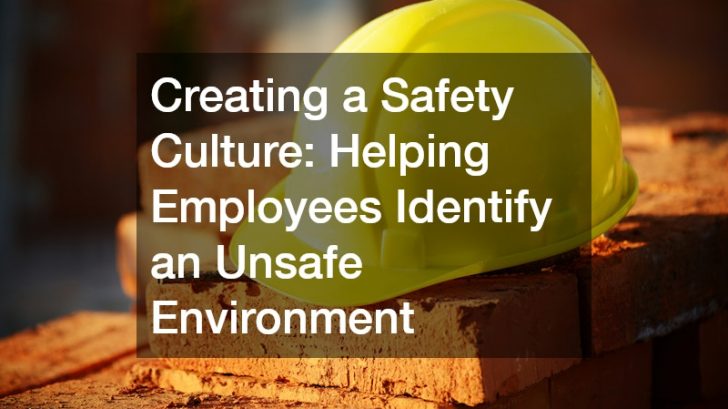Workplace safety is a crucial element that ensures the health and well-being of employees across various industries. An unsafe environment not only endangers the lives of workers but also incurs significant financial costs for businesses. This article will discuss the importance of workplace safety and offer insights into how different sectors can adopt best practices to safeguard their employees.
From spotting potential hazards to implementing cutting-edge solutions, the pursuit of a safe work environment is an ongoing commitment. Tailored safety measures need to be incorporated based on the specific needs and challenges of each work setting. By addressing these diverse aspects, organizations can work towards creating a proactive safety culture that minimizes risks and enhances productivity.
The following sections explore various facets of workplace safety, touching on awareness, advanced innovations, and effective cultural practices. Understanding these components is vital for reducing the prevalence of unsafe environments in professional spaces.
Promoting Awareness: Spotting Potential Hazards in the Workplace
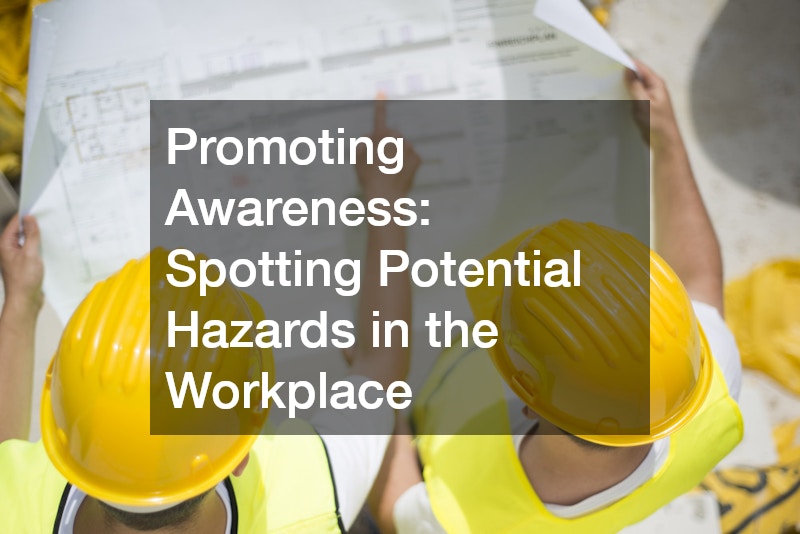
Effective hazard recognition is the first step in combating an unsafe environment in any workplace. Identifying potential dangers requires regular assessments, employee training, and a culture of vigilance. By fostering awareness, businesses can significantly reduce the risk of accidents and enhance overall safety.
At the forefront of promoting safety awareness is the use of cutting-edge technologies, which can pinpoint hazards that are otherwise difficult to detect. These innovations ensure that potential risks are flagged early, giving plenty of time for corrective measures to be taken. Adoption of these advanced solutions helps in creating safer workspaces and ensures compliance with regulatory standards.
However, reliance on technology alone is not sufficient. Collaboration with local experts, like overhead crane service providers, gives workplaces an additional layer of safety assurance. These professionals can offer insights and solutions tailored to workplace environments, further minimizing the chances of an unsafe environment.
Innovative Solutions for Enhancing Workplace Safety Culture
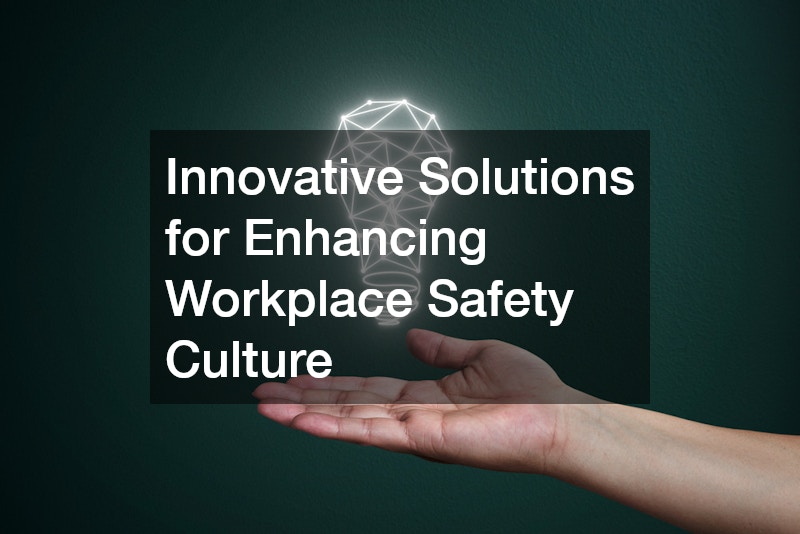
The integration of innovative solutions has played a significant role in transforming safety cultures within organizations. Leveraging advanced tools and methodologies enables companies to proactively manage risks and foster a safer environment. These approaches include the deployment of robust monitoring systems and predictive analytics.
Beyond technologies, fostering a strong safety culture involves engaging employees through training and hands-on experiences. Courses that focus on disaster preparedness and hazard recognition can empower workers to act decisively in emergency scenarios. Coupled with regular refresher sessions, these programs help embed safety as a core organizational value.
Additionally, partnering with local fence contractors and other industry experts can bolster safety efforts. Such collaborations ensure that all safety measures are fortified, effectively reducing the prevalence of unsafe environments. Engaging specialists in semi truck repairs or those with knowledge of wastewater services can lead to a comprehensive approach to safety.
Ensuring Safe Practices in Heavy Equipment Operations
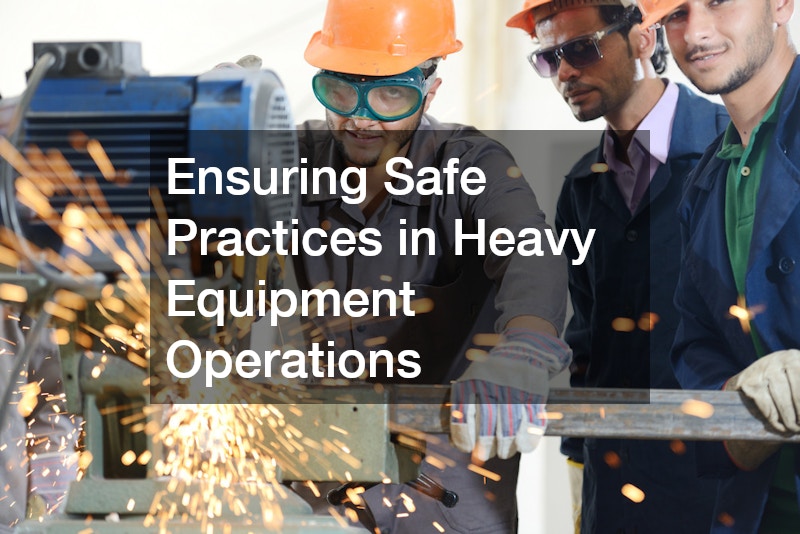
Heavy equipment operations require rigorous safety measures due to the inherent risks involved. An unsafe environment in this context can lead to severe injuries or even fatalities. Therefore, implementing stringent operational protocols and continuous equipment checks is essential.
One crucial practice is ensuring that operators are thoroughly trained and certified. Proper training includes understanding the mechanics of equipment such as roll-off dumpsters and rigid fall protection systems. By keeping operators informed and compliant, businesses can significantly mitigate the risk of workplace accidents.
Moreover, regular equipment maintenance performed by reliable service providers, like those offering commercial metal roofing and parking lot repair services, is paramount. This ensures that all machinery is functioning optimally, thus preventing unexpected breakdowns that could lead to an unsafe environment.
Understanding the Importance of Fall Protection in Various Settings
Fall protection is a critical safety concern across multiple work environments, from construction sites to warehouses. Ensuring proper implementation of fall protection measures can prevent serious injuries and fatalities, making it a priority for any company. Creating awareness and providing the proper equipment such as rigid fall protection systems are fundamental elements in preventing falls.
Training employees on the correct usage of fall protection gear and harnesses further reinforces safety standards. These programs should be part of ongoing safety training initiatives, ensuring that each employee understands their role in maintaining a secure workspace. Ensuring equipment is regularly checked and maintained by qualified professionals also reduces the likelihood of malfunctions leading to an unsafe environment.
Partnering with experienced contractors, such as commercial metal roofers, can help identify specific risks and recommend bespoke solutions for fall protection in specialized settings. Their expertise can make a significant difference in eliminating hazards and fostering a culture of safety awareness.
Best Practices for Maintaining Safe and Organized Storage Areas
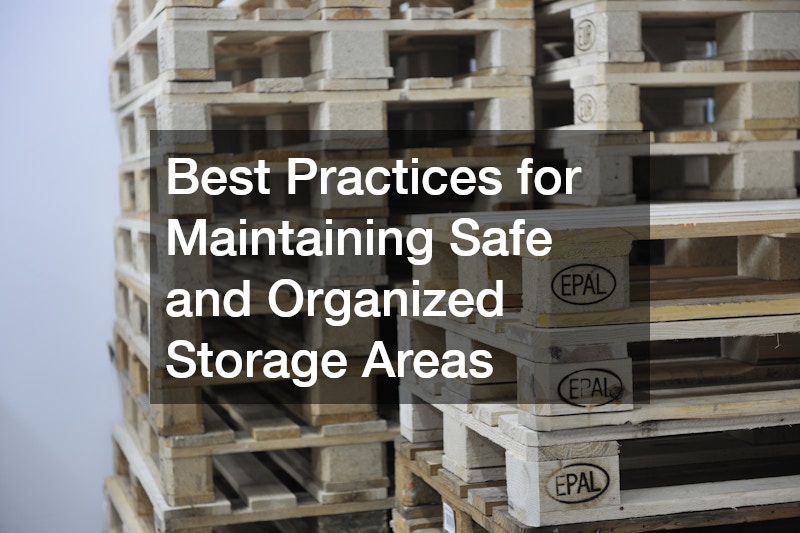
Ensuring that storage areas are both safe and organized is essential to preventing accidents and inefficiencies. Cluttered and disorganized storage units can contribute to an unsafe environment, leading to incidents such as trips, falls, and even structural collapse. Regular assessments and clean-up protocols are vital in mitigating these risks.
Using labeling systems and inventory management tools can significantly improve the organization of storage areas. These systems help workers locate items efficiently, minimizing the time spent navigating through potentially hazardous areas. Employing structured shelving and secure storage practices can further enhance the safety of these spaces.
Moreover, engaging with experts in storage solutions can provide insights into best practices and the latest safety innovations. This external support, combined with internal policies, fortifies a storage environment against potential mishaps and accidents, reducing the overall risk of an unsafe environment.
Recognizing Risks in Specialized Service Environments
Specialized service environments, such as those involving semi trucks or wastewater, or warehouses or manufacturing plants all present unique hazards that must be identified and managed accordingly. Each service comes with its specific set of risks, necessitating tailored safety protocols and practices. For instance, if your employees work with machining and cutting edge technologies, it’s imperative to keep up with regular training and safety drills. Recognizing these distinct challenges is pivotal to maintaining a safe and hazard-free workplace.
Conducting regular risk assessments in these environments aids in identifying both obvious and nuanced safety hazards. Coupling these assessments with routine safety drills ensures that employees are prepared to handle unexpected emergencies. By adopting such a proactive approach, businesses can preemptively guard against unsafe conditions.
Furthermore, collaboration with experts such as local fence contractors and industry-specific professionals can provide additional layers of safety. Their specialized knowledge and experience contribute to crafting comprehensive safety plans that effectively address the unique risks in these specialized environments.
The Impact of Effective Waste Management on Safety
Effective waste management is a critical aspect of maintaining a safe workplace. Poorly managed waste, including improper disposal techniques, can create an unsafe environment by contributing to potential health hazards. Implementing rigorous waste management protocols is imperative to ensure a clean and safe workspace.
Engaging with professional services like roll-off dumpsters and waste disposal experts ensures that waste materials are handled and disposed of in a compliant manner. These services not only facilitate waste management but also educate employees on best practices to prevent contamination and accidents. By making waste management an integral part of the safety culture, organizations can significantly reduce associated risks.
Waste management also includes regular cleaning and maintenance routines, overseen by trained personnel. Ensuring that all waste handling equipment is in optimal condition prevents operational mishaps, further safeguarding the workplace against an unsafe environment. Such practices help maintain a high standard of cleanliness and safety across all work sites.
Training Employees to Identify Hazards in Elevated Work Areas
Elevated work areas pose specific safety challenges that require targeted strategies and training. An unsafe environment is notably hazardous when employees lack proper guidelines and skills to navigate these areas safely. Comprehensive training programs are integral to addressing these challenges and preventing falls or accidents.
Employees must undergo thorough training in identifying potential hazards unique to elevated spaces, with a focus on using safety equipment correctly. Training on handling tools, equipment such as overhead cranes, and personal protective gear is essential to ensure safety. Continuous learning and reinforcement of safety protocols are necessary to maintain high safety standards over time.
Further enhancing training with real-scene simulations and drills can be particularly effective. These practical exercises empower workers to react and adapt quickly in real-world situations, significantly lowering the risk of accidents. By ingraining a strong sense of vigilance in every employee, elevated work areas can be transformed from an unsafe environment to a secure one.
Safety Considerations for Construction and Renovation Projects
Construction and renovation projects are inherently rife with hazards, necessitating robust safety considerations. Improper practices can quickly transform worksites into an unsafe environment, posing serious threats to workers. Comprehensive safety plans tailored to the specific needs of each project are critical to mitigating these risks.
Ensuring use of appropriate safety gear and equipment is a primary consideration. From harnesses for fall protection to secure scaffolding, every aspect of the construction process should be scrutinized for potential safety lapses. Instituting daily safety checks and employing qualified supervisors further ensures compliance and vigilance.
Collaboration with industry experts, including commercial metal roofers and renovation specialists, provides additional guidance on adhering to safety standards. Their experience and knowledge can uncover unseen risks and offer solutions that maintain a safe workplace for all involved. Safety becomes an integral part of every project, preventing it from devolving into an unsafe environment.
The Role of Well-Maintained Infrastructure in Workplace Safety
Sound infrastructure forms the backbone of a safe working environment. Poorly maintained buildings and facilities can exacerbate an unsafe environment, creating a dangerous workplace for employees and visitors. Ensuring regular inspections and maintenance of all infrastructural elements is vital to workplace safety.
Services like parking lot repair services can address potential hazards such as cracked pavements or poorly marked areas. These experts ensure that exterior spaces are as safe as the interior, preventing accidents before they occur. Regular maintenance extends to interior elements too, requiring periodic checks on safety equipment, ventilation systems, and electrical installations.
Establishing partnerships with trusted service providers enables businesses to keep both their infrastructure and safety standards at optimal levels. Proactive maintenance practices ensure continuous safety improvements, significantly reducing the risk of accidents and maintaining a safe environment for everyone within the premises.
Encouraging Team Collaboration to Enhance Safety Awareness
Team collaboration serves as a powerful tool in enhancing safety awareness within any organization. Leveraging collective insights can transform an unsafe environment into a well-informed and safety-conscious workplace. Encouraging collaboration involves open communication, mutual support, and shared responsibility among team members.
Regular team meetings focused on safety discussions provide a platform for employees to voice concerns, suggest improvements, and actively participate in safety plans. Such forums inspire a culture of shared accountability, where everyone takes responsibility for maintaining a safe workspace. This collective approach fosters a deep commitment to safety standards across all operations.
Supporting this, engaging team-building exercises that emphasize safety principles can reinforce collaborative efforts. These activities not only create stronger team bonds but also enhance the collective awareness of potential hazards. Coordinating with industry experts ensures that these initiatives are productive and aligned with industry best practices.
Open Communication: Addressing Safety Concerns Effectively
Open communication channels are fundamental in addressing safety concerns effectively and preventing an unsafe environment. Establishing a culture where employees feel comfortable reporting potential hazards is crucial to managing risks promptly. Regular communication keeps everyone informed and prepared, promoting a proactive approach to safety.
Implementing anonymous reporting systems can further encourage employees to share safety concerns without fear of repercussions. These systems empower workers to play an active role in maintaining safety standards, leading to a more vigilant and informed workforce. Consistent feedback loops between employees and management close the gap, ensuring swift action on reported issues.
Furthermore, leadership plays a significant role in fostering a culture of open communication. By actively listening and responding to employee concerns, management can demonstrate their commitment to safety. This open dialogue builds trust and aligns the entire organization towards the common goal of reducing risks associated with an unsafe environment.
Building a Proactive Safety Culture: Steps for Continuous Improvement
Building a proactive safety culture requires continuous improvement and unwavering commitment. By continuously refining safety practices, organizations can move away from an unsafe environment to one that prioritizes the well-being of every employee. Developing a proactive culture involves strategic planning, constant evaluation, and adaptation to changing industry needs.
Regular safety audits and inspections are integral to this process, allowing for the identification and correction of potential hazards. Through these evaluations, organizations can refine their safety protocols and implement improvements ahead of industry standards. It is essential to engage both employees and external experts in this ongoing pursuit of safety excellence.
Endorsing continuous training and development as part of the organizational culture can facilitate consistent improvements. With ongoing education and skill enhancement, employees remain informed about new technologies and practices, ensuring they contribute to maintaining a safe work environment. Progressively, through such sustained efforts, an unsafe environment is transformed into a cornerstone of organizational achievement.
Workplace safety is an ever-evolving pursuit that requires dedication, vigilance, and collaboration. By addressing these diverse facets of safety, organizations can significantly reduce the prevalence of an unsafe environment. The application of best practices tailored to specific industries ensures comprehensive coverage in risk management.
From adopting cutting-edge technologies to enhancing team collaboration, fostering a culture of safety awareness is essential. Employing a mix of advanced solutions, regular training, and open communication creates an organization-wide commitment to safety. Through these efforts, businesses can achieve a proactive safety culture that prioritizes employee well-being above all.
Transforming workplace safety into a continuous improvement opportunity ensures long-term success. As companies strive to excel, adopting these practices not only protects employees but also enhances productivity and reputation, resulting in a safer, more prosperous work environment.






